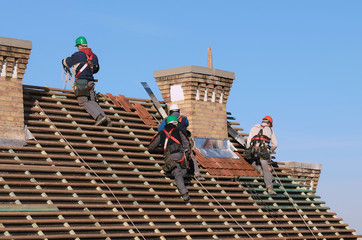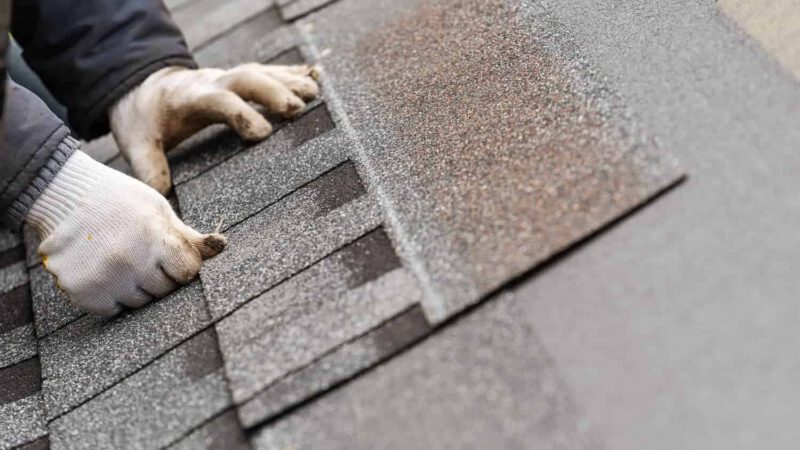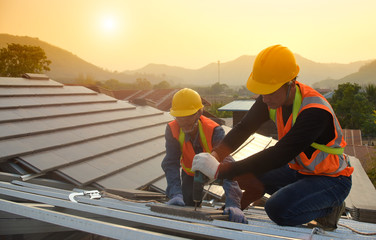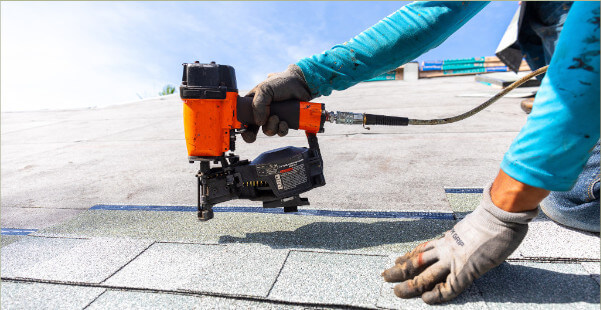Tips For Roof Leak Repair
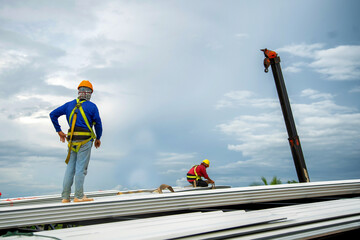
There are a few tips that can help you with roof leak repair. Some of the recommendations include spray insulation, Caulk, and Roof inspection.

When fixing roof leaks, you should know that there are more options than just Caulk. While Caulk can sometimes fix a small leak, it can’t be used for large, long-term fixes. The best way to repair leaks is to have a professional inspect your roof. In addition to sealing the area, the roofer may have to replace the shingles.
Roof leaks can occur in various places, including crawl spaces, attics, and basements. For most of these areas, a simple patch will suffice. However, a complete roof treatment may be necessary if the leak is more significant. This may include a lifetime pipe collar.
Leaks can also be caused by missing or faulty flashing. Flashing is a metal strip that covers the seams between shingles and the roof deck. Once the flashing is damaged, it will allow water to penetrate the home.
Spray insulation is a great way to stop roof leaks. It is an effective and environmentally friendly product that can help you save money on your energy bill and keep your family healthy. First, you will want to clean the surface of your roof. You can do this with a power washer or with a putty knife. These methods will remove loose paint and debris. Once the surfaces are clean, you will need to apply Caulk to the surrounding area. This will create a tight seal.
A good rule of thumb is to cover all electrical equipment before applying any insulation. You can use a marker to indicate which areas you will cover. Before you start spraying, make sure that your roof is dry. This can help prevent mold. Also, make sure that you have good ventilation during the application.
Roof leak repair can be a costly endeavor. Having a professional inspect your roof is a smart idea. This can help you find minor problems before they turn into serious ones. A roof inspection will check for shingles that are too thin, nails that are stuck in the wrong spot, and other issues that need fixing. A qualified roofer will perform a thorough inspection and provide you with an estimate for the cost of repairs.
An inspection should take place at least once a year. In the fall is the best time to do this. Although some repairs can be done in the spring, it’s safer to get the job done in the fall. You should also have your roof inspected after a big storm. This will help you get any repairs done quickly and prevent more damage.
If you have a leak in your RV roof, it can be expensive to fix. Depending on the severity of the problem, you can fix it yourself or hire a professional. Regardless of the solution you choose, however, it’s important to know how to repair the problem. The first step to taking care of a leak in your RV is to inspect the roof. Look for soft spots and cracks. Also, check for any signs of water damage inside the RV.
Some RV roofs have special coatings that seal leaks. However, these coatings can wear off if they are exposed to harsh sunlight. Therefore, you need to regularly check for leaks and apply protective coatings to prevent further problems. You should also inspect the roof for holes and cracks. You can do this by using a ladder. For larger holes, you will need a fiberglass repair tape kit.
Finding the source of the leak. Finding the source of a roof leak repair can be a tricky process. Depending on the location of the leak, you may be able to locate it on your own, or you may need professional help. It can also be difficult to tell how much water is coming from the roof, especially if you do not have access to the attic. Fortunately, there are a few ways to check for leaks, including using a garden hose. To start, you should use a flashlight. The flashlight can show you dark spots, which are common signs of leaks.
Another way to find a leak is to go up to the attic. Look for discolored wood and mold. This is a sign that the insulation on the roof is wet. Roof leaks are a serious problem for homeowners, as they can cause extensive damage to the interior of the home. They can be traced back to a number of sources, including missing shingles, cracked shingles, or broken vents.

